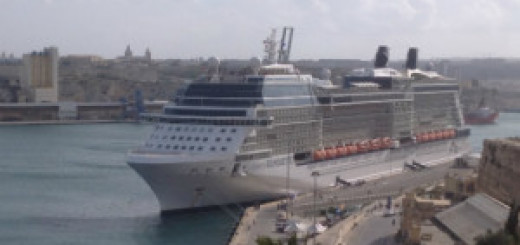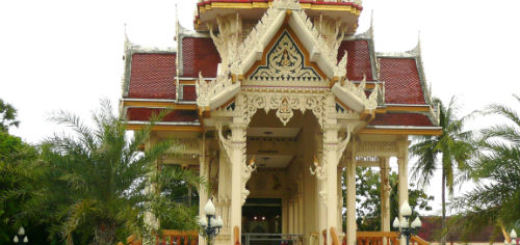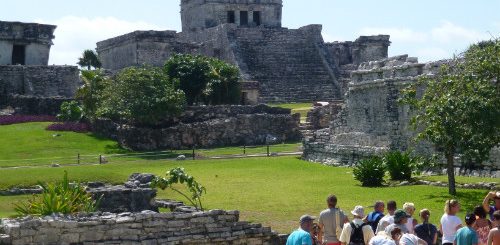Munich, München, Muenchen
No matter how you spell it, this city is one of the most prosperous and fastest growing cities in Germany. The name is taken from the old German word for Monk, since the settlement began with the establishment of a Benedictine monastery during the Middle Ages. We flew in to spend a couple of nights there before taking a nine day coach tour of central Europe. And it fast became our favourite city in Germany.

Arriving late in the day, after settling in to our hotel we went for a stroll through the city, finishing up in Munich’s main pedestrian zone, Neuhauser Strasse. Here we found a beer hall and restaurant that served authentic Bavarian cuisine and Munich specialties such as Weisswurst (white sausage). We feasted on roasted pork hock, sauerkraut and mashed potatoes followed up with a rich, sweet, cheese strudel. Munich’s oldest brewery, the Augustiner Brewery, began in this original building in 1897, so hubby was obliged to try the beer!
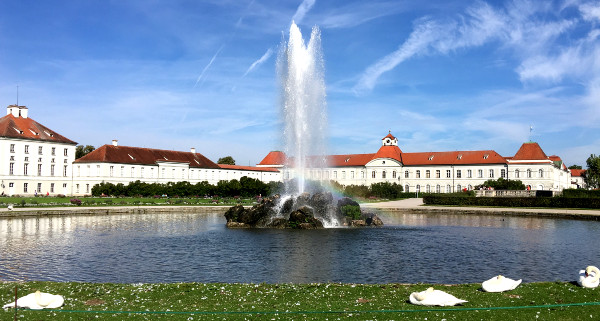
Next morning we did what we usually do in a new city – took the Hop On Hop Off bus tour. Starting from the Hauptbahnhoff (station) we took the road out to the Nymphenburg Palace through the residential area of Neuhausen. The palace is about 6km from the city in a very quiet leafy neighbourhood, with a lake and ornamental fountain at the front, which measures an amazing 632m in width.

The more attractive facade is at the rear, facing the extensive gardens. The palace was begun in 1664 after the birth of Elector Maximilian Emanuel and completed during the reign of his successor Emperor Karl Albrecht. Combined with the side galleries and residential pavilions as well as the Palace Park, it is regarded as one of the best palace complexes in Europe. It was a very popular summer residence of the Bavarian rulers and in fact King Ludwig II was born there.
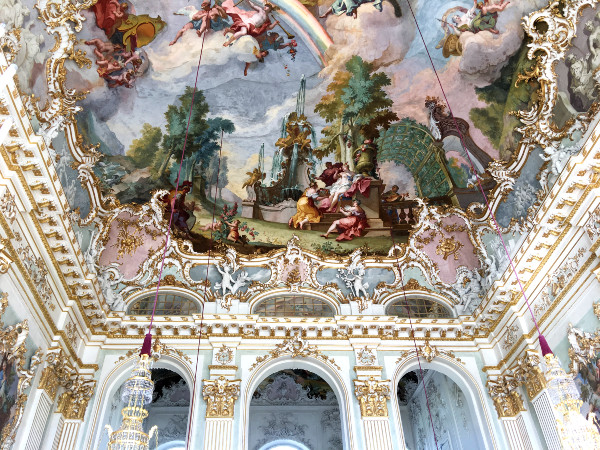
Due to the length of time it took to create, there is a wide variety in the decorative styles of the interiors, from Baroque to Rococo and Empire or Neo-Classicist styles. The light-filled Great Hall (Steinerner Saal) in the centre of the palace, with its colourful ceiling fresco and stucco ornamentation, is a magnificent example of the Rococo style.
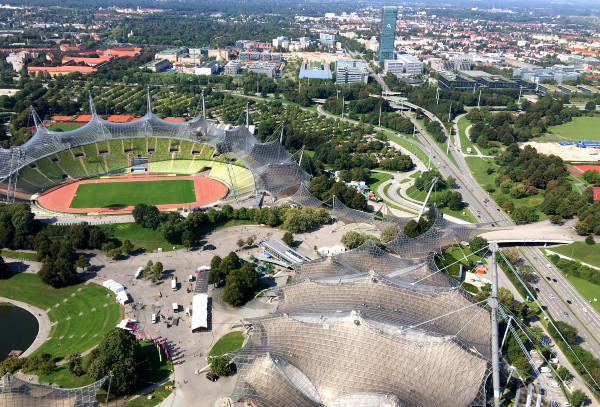
The next stop was the Olympiapark. Munich hosted the Summer Olympics in 1972, which unfortunately is remembered for the Palestinian terrorist attack where 11 Israeli hostages and one West German policeman lost their lives. There is a memorial outside the Olympic stadium in the form of a stone tablet at the bridge linking the stadium to the former Olympic village. From the Olympic Tower an observation platform gave us 360 degree bird’s eye views over the park and Munich city centre. The tower has an overall height of 291m and also includes a small museum and a revolving restaurant.
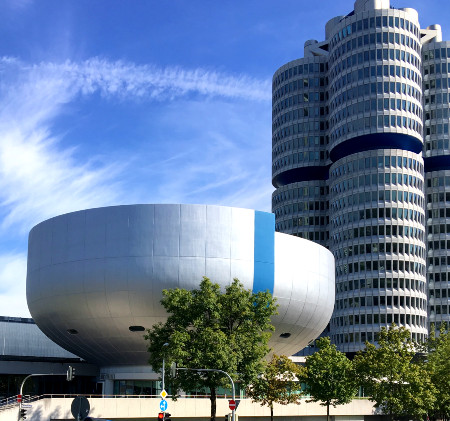
The architecture in this Olympiapark district really contrasts with the historic buildings in the older parts of the city. Just across from the park we were surprised to encounter the BMW company Headquarters, looking like a salad bowl. Opposite, a space age construction known as BMW Welt, showcases an exhibition of BMW’s history as well as an event venue.
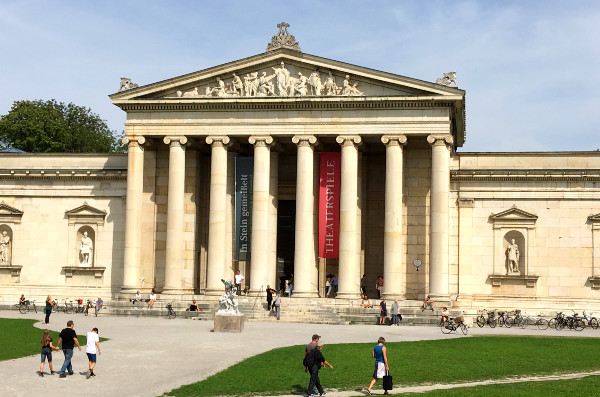
Then it was back on the bus and into the old city again, stopping for a while at Königsplatz, the King’s Square, built in the 19th century with buildings in the neo-classicist style. The three constructions look like they are straight out of ancient Athens – such as the Glyptothek (archeological museum) commenced in 1816. This area houses a number of art galleries and museums.

Next on the route was Karlsplatz, which we were interested to see again in the daylight, having walked through there the night before. This square which is a major traffic hub is known informally as Stachus. The area is dominated on one side by the neo-baroque law courts, known as the Justizpalatz and on the other by a large fountain.
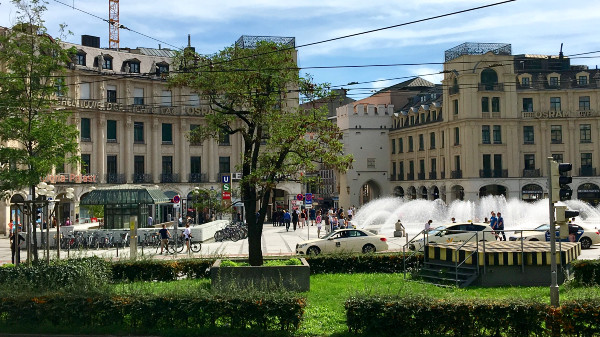
To the east of the fountain is the Karlstor, a gothic gate relic of the demolished medieval fortifications, with the curved facades of buildings that spread out on both sides. This then leads on the the shopping and restaurant district we had found the previous evening.

A couple more medieval gates still remain, such as the Isartor gate which the bus soon passed. This is on the Isar River side of the old city. Constructed in 1337, it is the only one of the remaining gates to still have a central tower. An unusual feature is the fresco frieze added in 1835.
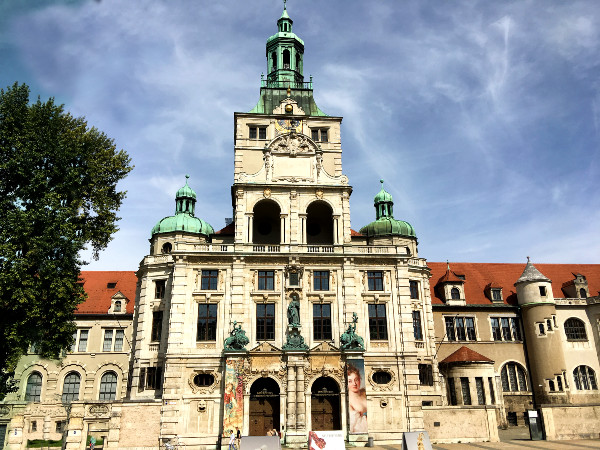
After passing a swathe of impressive and ornate buildings, such as the Bavarian National Museum, but running out of time to actually get off the bus for a visit, we finally reached the central zone known as Angerviertel and its famous Marienplatz.
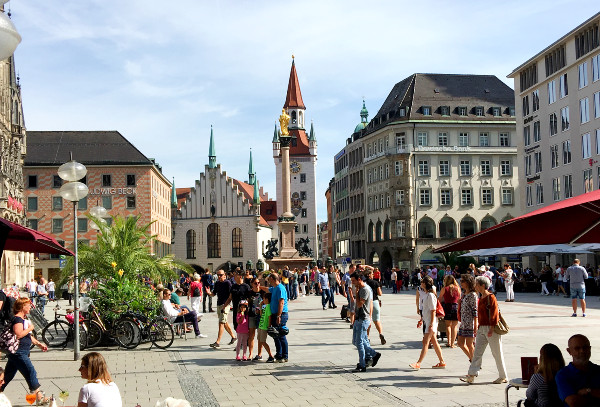
Marienplatz is so named because of the statue to St Mary erected in 1638 to celebrate the sparing of the city from both the invading Swedish army and the plague. At one end of the square is the Old Town Hall, looking more like a church. Cafes and shops border the square making it a most popular location for tourists. It was certainly popular with us as it was well past lunchtime!
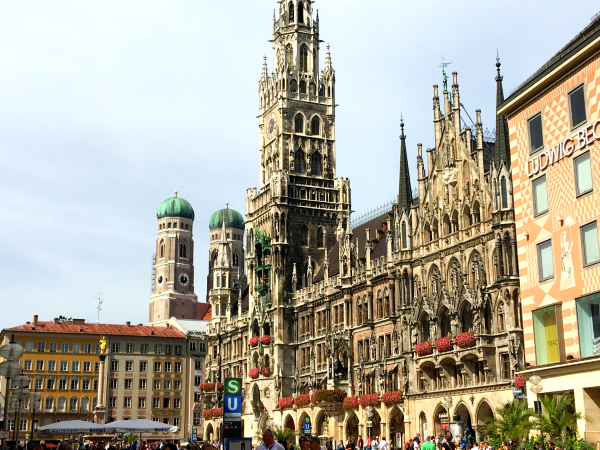
We stopped for some weisswurst and a beer tasting just near the New Town Hall, a wonderfully ornate neo-Gothic construction begun in 1889. It features a Glockenspiel in the tower facade, consisting of 43 bells and 32 life-sized figures. Two or three times a day it chimes and re-enacts two stories from the 16th century to the delight of locals and tourists. The spectacle lasts about 15 minutes.
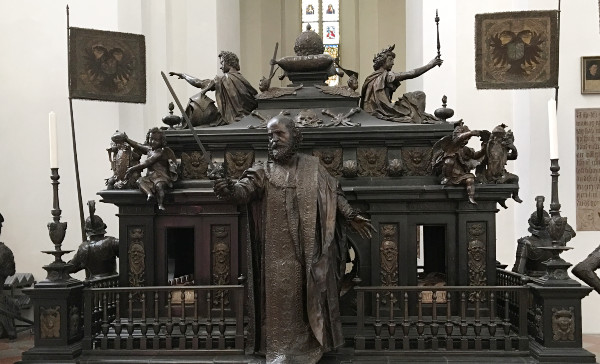
Competing for attention, the two towers of the Frauenkirche (the Munich cathedral) loomed up beyond with their copper clad domes. They certainly were a distinctive landmark of Munich. Erected in the 15th century, this huge but very plain Gothic church made of red brick never received the matching Gothic spires as originally intended due to financial constraints, so that the towers added in 1525 look at odds with the rest of the design. Severely damaged during WWII, the church restoration was not completed until 1994. The apparent lack of windows in the church due to the positioning of the columns on the sides of the nave, and the tomb monument of Louis IV, Holy Roman Emperor, are the chief attractions.
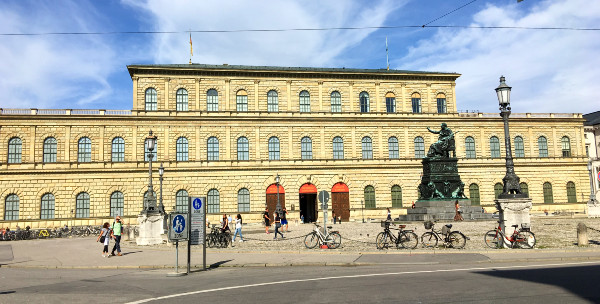
To finish off our sightseeing of the old city area of Munich, we made our way to Max-Joseph-Platz, a square that boasts the Munich Residenz and the National Theatre. The Residenz began in 1385 as a castle and served as the seat of government and residence of the Bavarian dukes, electors and kings from 1508 to 1918. The section with an austere facade facing the square is known as the Königsbau, added during the reign of Ludwig I. The Residenz was enlarged and transformed over time to become the largest palace complex in Germany, and although much of it was destroyed during WWII, it was reconstructed and now houses a museum and other cultural institutions such as the Bavarian State Theatre. The statue out front is of King Maximilian Joseph after whom the square was named. The Greek-inspired National Theatre to the east of the square houses the Bavarian State Opera, the Bavarian State Orchestra and the Bavarian State Ballet. It boasts having had Richard Wagner as principal conductor for a time.

It had been a very enjoyable but busy day and we soon headed back to our hotel. Our last night in Munich was spent getting to know our soon-to-be travel companions on our coach tour of Prague, Vienna and Budapest. We had heard so much about Prague, we were really excited to be able to spend a couple of nights there and see this well-loved city.






